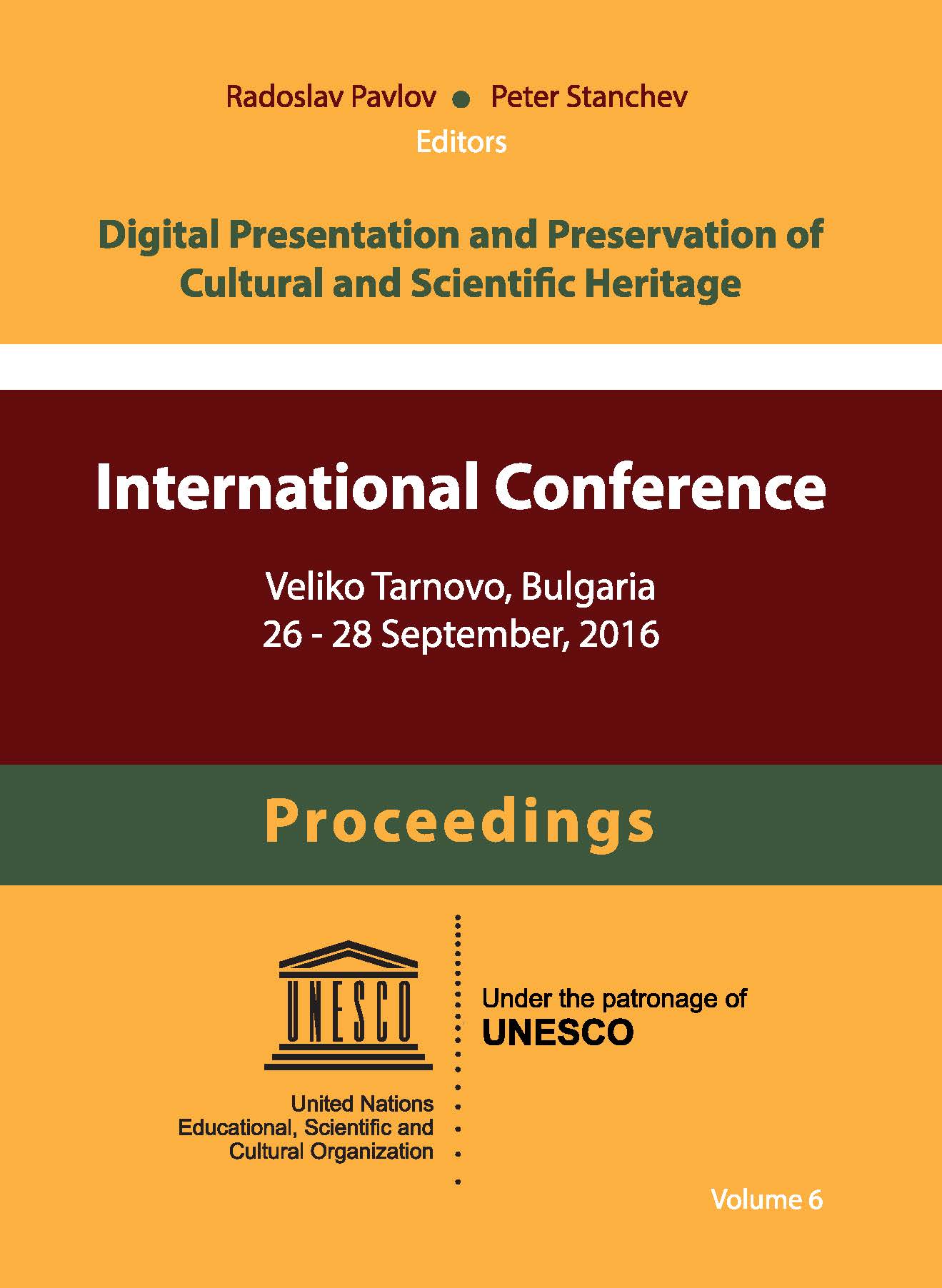Reusing Components from Cultural Heritage Games – the RAGE Project Approach
Reusing Components from Cultural Heritage Games – the RAGE Project Approach
Author(s): Krassen Stefanov, Boyan Bontchev, Pavel Boytchev, Atanas Georgiev, Alexander GrigorovSubject(s): Museology & Heritage Studies, Library and Information Science, Information Architecture, Library operations and management, Electronic information storage and retrieval, Education and training, Other, ICT Information and Communications Technologies
Published by: Институт по математика и информатика - Българска академия на науките
Keywords: video games; cultural heritage; applied games; asset model; metadata model; metadata editor; gamification
Summary/Abstract: Video games proved to be an attractive media for presenting cultural heritage issues. They can use virtual worlds to present cultural and historic information in amazing and highly appealing way. Each video game is implemented using set of valuable artifacts (components) reflecting technological, socioeconomic and historical issues. These software components are known as software assets, which are key output of the RAGE project. They can be used by game developers to enhance the pedagogical and educational value of their games. These software assets cover a broad spectrum of functionalities, including emotion detection, intelligent adaptation and social gamification. In order to facilitate integration and interoperability, all of these assets adhere to a common model, which describes their properties through a set of metadata. In this paper, we present the RAGE asset model and asset metadata model, highlighting key issues and challenges in constructing RAGE assets and using asset metadata model with flexible metadata editor, facilitating both adaptation and improvement of the asset metadata model.
Journal: Digital Presentation and Preservation of Cultural and Scientific Heritage
- Issue Year: 2016
- Issue No: VI
- Page Range: 49-61
- Page Count: 13
- Language: English

